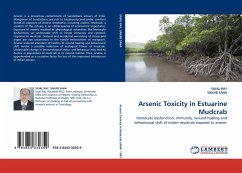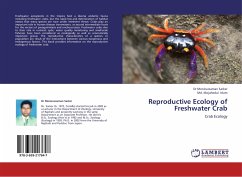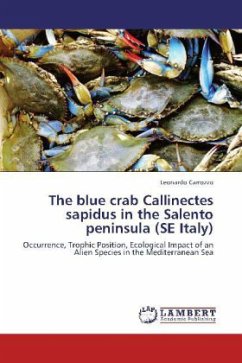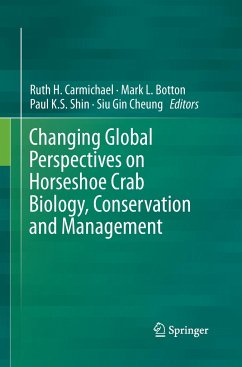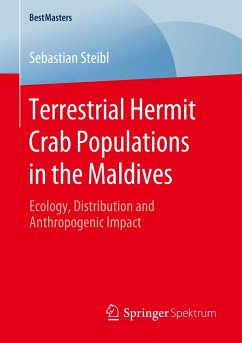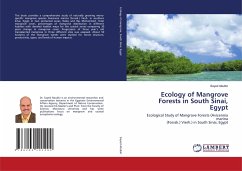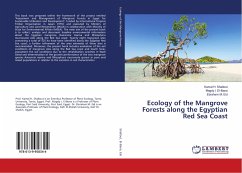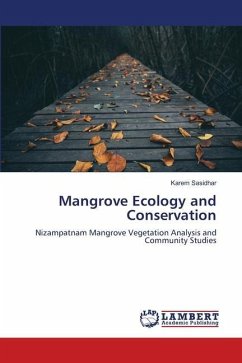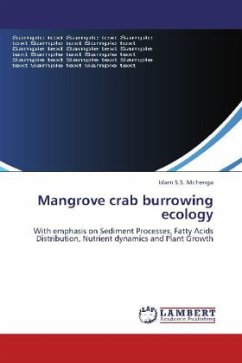
Mangrove crab burrowing ecology
With emphasis on Sediment Processes, Fatty Acids Distribution, Nutrient dynamics and Plant Growth
Versandkostenfrei!
Versandfertig in 6-10 Tagen
39,99 €
inkl. MwSt.

PAYBACK Punkte
20 °P sammeln!
Burrowing sesarmid crab (family: Grapsidae) and fiddler crabs (family: Ocypodidae) are among the most abundant macrofauna inhabiting the tropical and sub-tropical mangrove forests. They construct and maintain burrow structures in mangrove sediments with a significant engineering effect on their habitats and associated organisms. Based on current literature on the biology and ecology of these crabs, there is growing evidence that their activities have considerable impact on ecosystem functioning. The present study revealed that burrowing grapsid (Helice formosensis and Perisesarma bidens) and f...
Burrowing sesarmid crab (family: Grapsidae) and fiddler crabs (family: Ocypodidae) are among the most abundant macrofauna inhabiting the tropical and sub-tropical mangrove forests. They construct and maintain burrow structures in mangrove sediments with a significant engineering effect on their habitats and associated organisms. Based on current literature on the biology and ecology of these crabs, there is growing evidence that their activities have considerable impact on ecosystem functioning. The present study revealed that burrowing grapsid (Helice formosensis and Perisesarma bidens) and fiddler (Uca vocans) crabs are active ecosystem engineers which affect biochemical activities in different ways. Through burrow construction and maintenance, feeding and production of faeces, they alter sediment physicochemical properties, lipids and fatty acid distributions, organic matter quality and quantities and production of subtropical mangrove forests.



